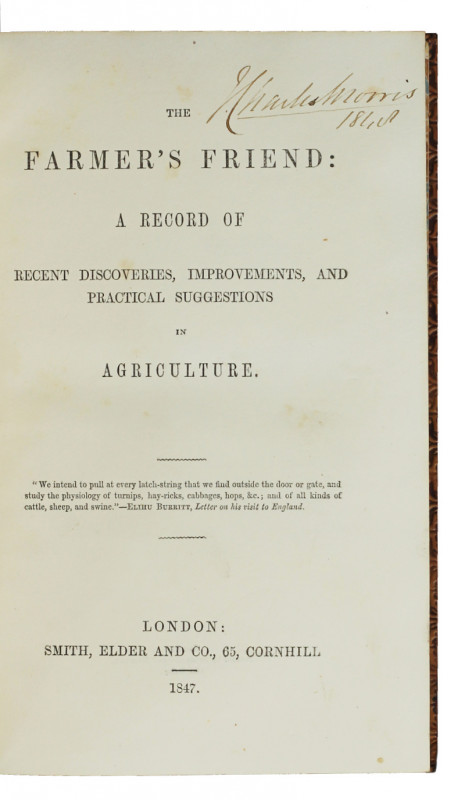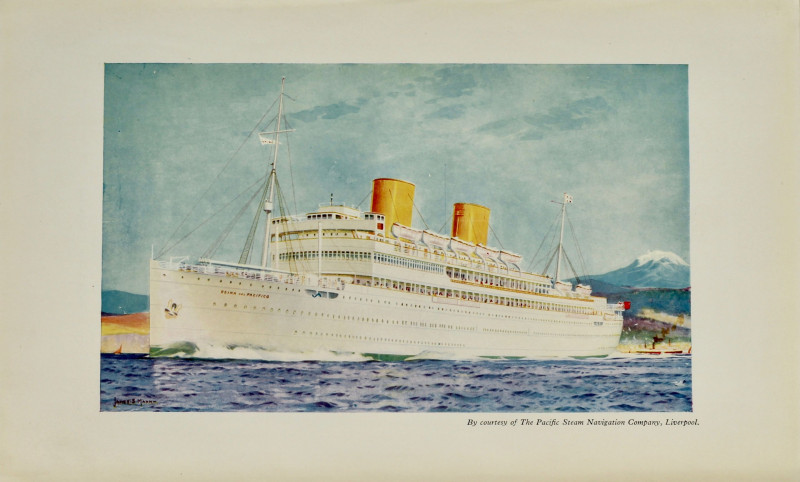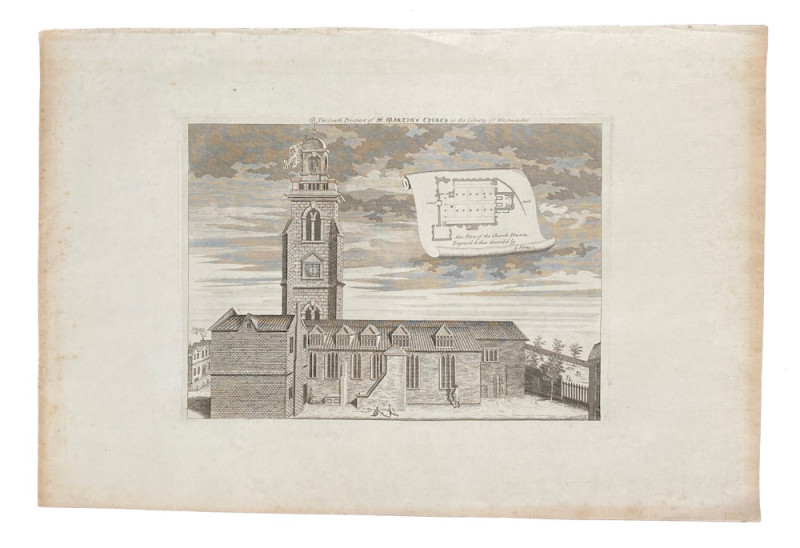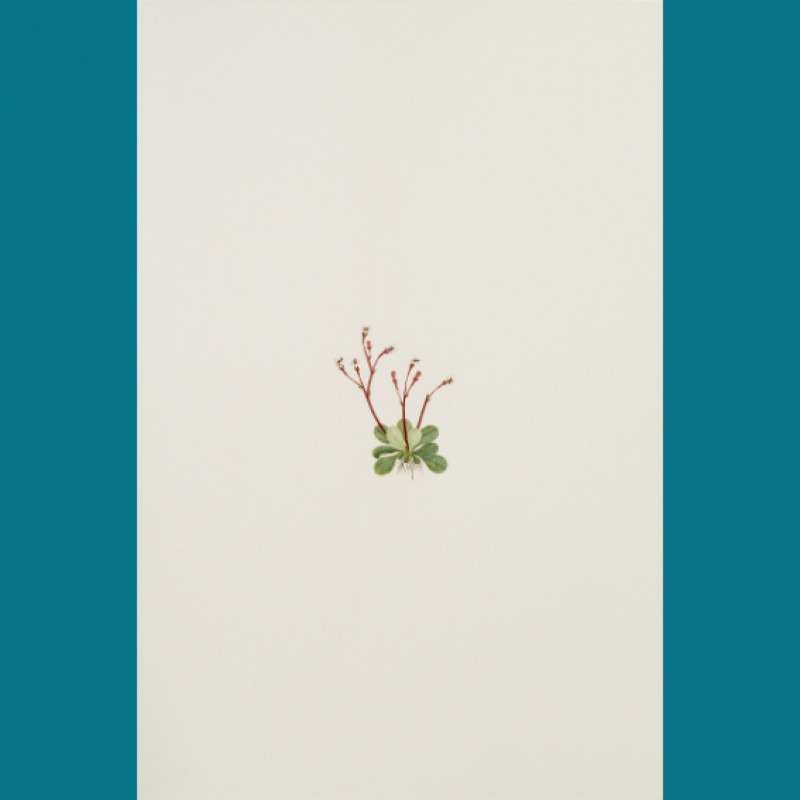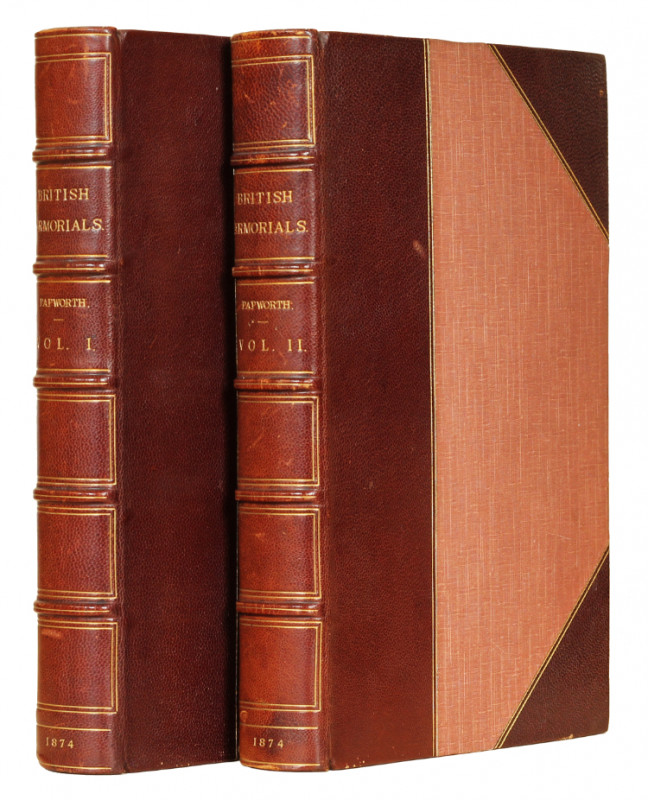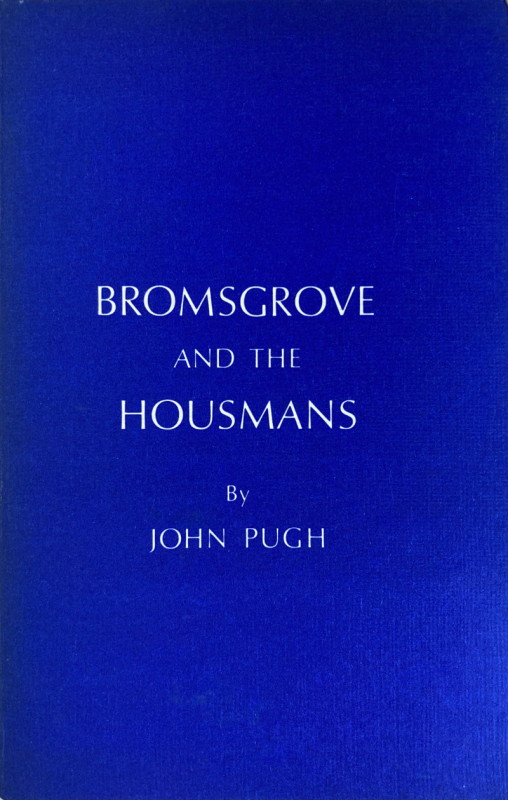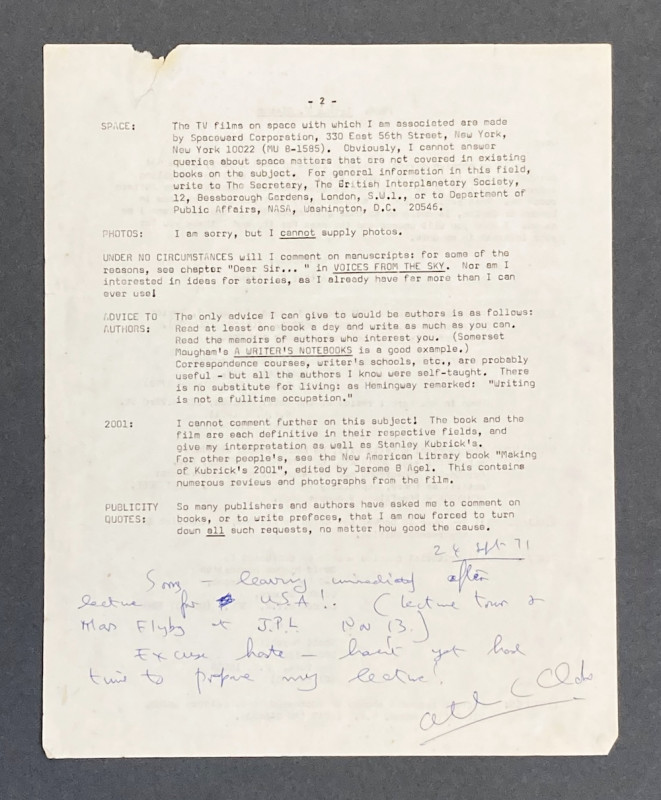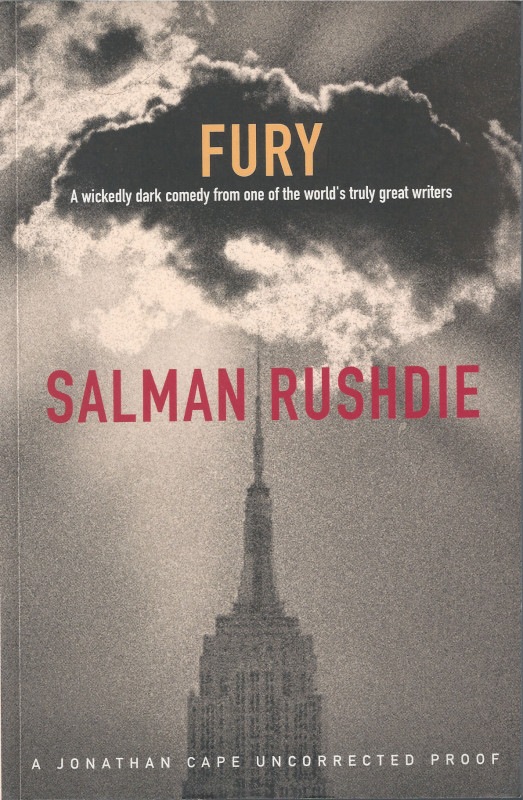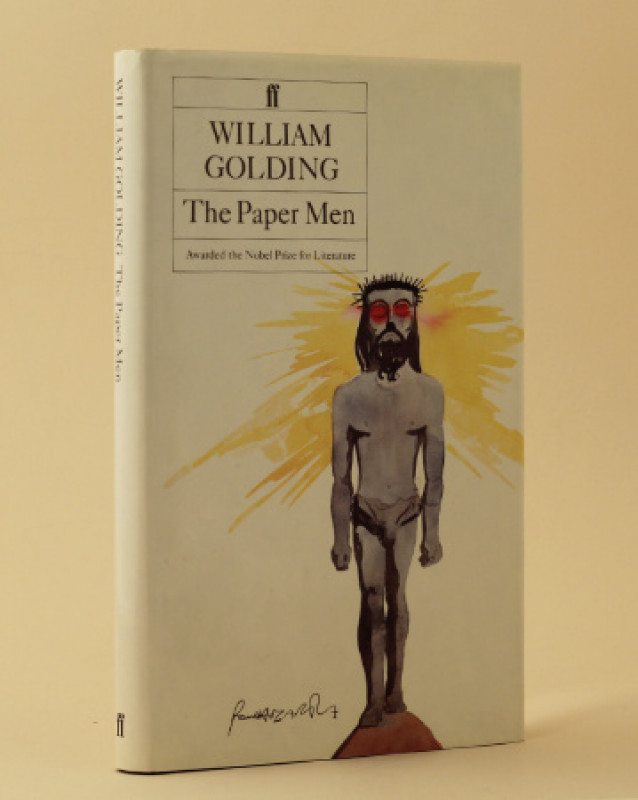The Farmer’s Friend: A Record of Recent Discoveries, Improvements, and Practical Suggestions in Agriculture.
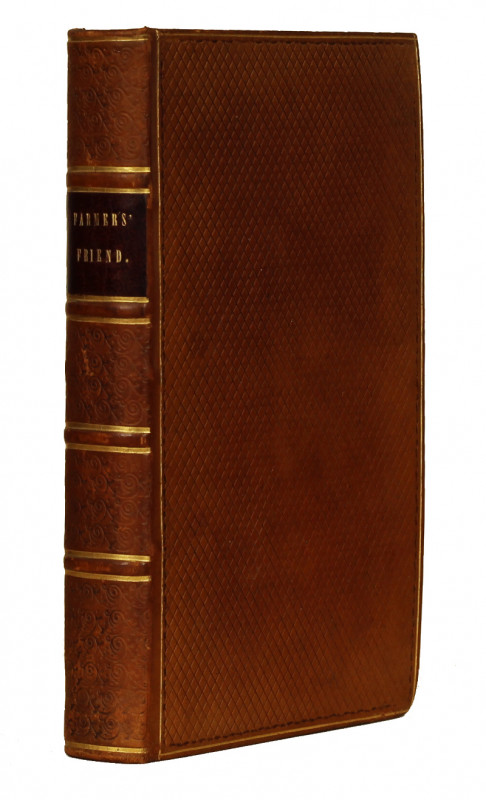


Book Description
A CRISP EXAMPLE OF ‘A USEFUL AND PRACTICAL BOOK ON A USEFUL AND PRACTICAL SUBJECT, AND WELL WORTHY OF ITS NAME’, IN A CONTEMPORARY BRITISH BINDING
Octavo (190 x 119mm), pp. xii (title, imprint, advertisement, errata, preface, contents), 340. Letterpress tables in the text, some full-page. (Occasional light spotting, a few small marks.) Contemporary British diced calf gilt, boards with border of blind foliate roll and single gilt rule, spine gilt in compartments, gilt morocco lettering-piece in one, others decorated with blind rolls, board-edges and turn-ins roll-tooled in blind, light-grey endpapers, all edges marbled. (Spine slightly faded, extremities lightly rubbed, corners slightly bumped, bound without the publisher’s catalogue called for by Goldsmiths’.) A very good, crisp copy in a contemporary binding.
Provenance: Thomas Charles Morris, 1848 (1808-1886, ownership inscription ‘T. Charles Morris 1848’ on title; pencil markings, apparently by Morris, on a few pp.; by descent to his son:) – Edward Harold Morris (1850-1929) – ‘Valuable. H.V.’ (pencil annotation on front free endpaper by the Welsh writer, historian, and bibliographer Herbert Millingchamp Vaughan (1870-1948), Morris’s kinsman).
Octavo (190 x 119mm), pp. xii (title, imprint, advertisement, errata, preface, contents), 340. Letterpress tables in the text, some full-page. (Occasional light spotting, a few small marks.) Contemporary British diced calf gilt, boards with border of blind foliate roll and single gilt rule, spine gilt in compartments, gilt morocco lettering-piece in one, others decorated with blind rolls, board-edges and turn-ins roll-tooled in blind, light-grey endpapers, all edges marbled. (Spine slightly faded, extremities lightly rubbed, corners slightly bumped, bound without the publisher’s catalogue called for by Goldsmiths’.) A very good, crisp copy in a contemporary binding.
Provenance: Thomas Charles Morris, 1848 (1808-1886, ownership inscription ‘T. Charles Morris 1848’ on title; pencil markings, apparently by Morris, on a few pp.; by descent to his son:) – Edward Harold Morris (1850-1929) – ‘Valuable. H.V.’ (pencil annotation on front free endpaper by the Welsh writer, historian, and bibliographer Herbert Millingchamp Vaughan (1870-1948), Morris’s kinsman).
Dealer Notes
First edition. The Farmer’s Friend collected extracts from recent publications, in order ‘to concentrate in a convenient form for reference, as much as possible of the varied and valuable information dispersed through a six months’ series of our different agricultural journals’ (p. [v]). The articles are arranged in six chapters under the titles ‘On Live Stock’, ‘On Implements’, ‘On Draining’, ‘On Manures’, ‘On Cultivation and Crops’, and ‘Miscellaneous’. Although the preface states that the editor planned to publish further volumes of The Farmer’s Friend every six months, only the present edition of the work appeared.
Despite this, The Farmer’s Friend was generally well received by critics, such as the reviewer for Tait’s Edinburgh Magazine, who wrote that ‘[t]his is a useful and practical book on a useful and practical subject, and well worthy of its name. The plan of the work, though claiming no merit on the score of originality, is an excellent one, and the volume will be welcomed by all that large portion of the community who are interested in farming operations. The valuable information contained in the different chapters has been compiled and arranged from various agricultural journals of the day, and other approved and satisfactory sources. The agriculturist may put full confidence in the book when he learns that such scientific and experienced men as Mr. Blacker, Professor Johnston, Mr. Smith of Deanston, Mr. Grey of Dilston, Liebig, Professor Daubeny, and others, whose names are esteemed by farmers, are amongst those whose articles form the contents. Agriculture has now attained to the dignity of a science, and that publication will prove itself indeed the ‘‘Farmer’s Friend,” which comprises, at a cheap rate, well sifted, carefully condensed, and comprehensive reports and papers, on all matters relative to agricultural improvements and progress. On such subjects as live stock, implements, draining, manures, cultivation and crops, there is here a body of valuable information, which cannot fail of being of great utility to the farmer. The editor has executed his task with much judgment and discrimination’ (Tait’s Edinburgh Magazine vol. XIV (1847), p. 411).
This copy is from the library of Thomas Charles Morris, who served as Mayor of Carmarthen in 1846 and 1856, was a Justice of the Peace and Deputy Lieutenant for Carmarthenshire, and was Sheriff of Carmarthenshire in 1866. In 1848 (the year in which he acquired this volume) Morris purchased Penybanc Ucha, near Abergwili, Carmarthenshire, which he subsequently demolished in order to build a new house, Bryn Myrddin (completed in about 1858). On Morris’s death the house and estate passed to his son Edward Harold Morris.
G.E. Fussell, The Old English Farming Books: Vol. IV. 1840-1860 (London, 1984), pp. 47-48; Goldsmiths’ V, 34996.1; Southampton University Library, Catalogue of the Walter Frank Perkins Agricultural Library (Southampton, 1961), 595.
Order this book directly from our website: www.typeandforme.com
Despite this, The Farmer’s Friend was generally well received by critics, such as the reviewer for Tait’s Edinburgh Magazine, who wrote that ‘[t]his is a useful and practical book on a useful and practical subject, and well worthy of its name. The plan of the work, though claiming no merit on the score of originality, is an excellent one, and the volume will be welcomed by all that large portion of the community who are interested in farming operations. The valuable information contained in the different chapters has been compiled and arranged from various agricultural journals of the day, and other approved and satisfactory sources. The agriculturist may put full confidence in the book when he learns that such scientific and experienced men as Mr. Blacker, Professor Johnston, Mr. Smith of Deanston, Mr. Grey of Dilston, Liebig, Professor Daubeny, and others, whose names are esteemed by farmers, are amongst those whose articles form the contents. Agriculture has now attained to the dignity of a science, and that publication will prove itself indeed the ‘‘Farmer’s Friend,” which comprises, at a cheap rate, well sifted, carefully condensed, and comprehensive reports and papers, on all matters relative to agricultural improvements and progress. On such subjects as live stock, implements, draining, manures, cultivation and crops, there is here a body of valuable information, which cannot fail of being of great utility to the farmer. The editor has executed his task with much judgment and discrimination’ (Tait’s Edinburgh Magazine vol. XIV (1847), p. 411).
This copy is from the library of Thomas Charles Morris, who served as Mayor of Carmarthen in 1846 and 1856, was a Justice of the Peace and Deputy Lieutenant for Carmarthenshire, and was Sheriff of Carmarthenshire in 1866. In 1848 (the year in which he acquired this volume) Morris purchased Penybanc Ucha, near Abergwili, Carmarthenshire, which he subsequently demolished in order to build a new house, Bryn Myrddin (completed in about 1858). On Morris’s death the house and estate passed to his son Edward Harold Morris.
G.E. Fussell, The Old English Farming Books: Vol. IV. 1840-1860 (London, 1984), pp. 47-48; Goldsmiths’ V, 34996.1; Southampton University Library, Catalogue of the Walter Frank Perkins Agricultural Library (Southampton, 1961), 595.
Order this book directly from our website: www.typeandforme.com
Author
The Farmer's Friend
Date
1847
Publisher
London: Stewart and Murray for Smith, Elder and Co.
Friends of the PBFA
For £10 get free entry to our fairs, updates from the PBFA and more.
Please email info@pbfa.org for more information
